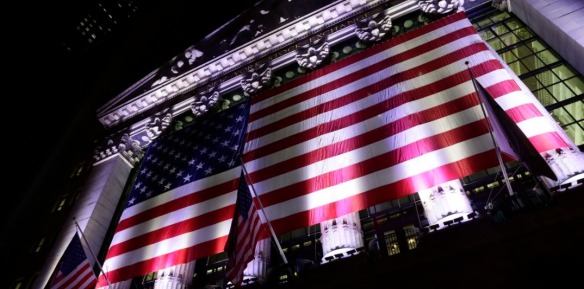America’s gross national debt exceeded $31 trillion for the first time this week, a grim financial milestone that arrived just as the nation’s longterm fiscal picture has darkened amid rising interest rates.

The breach of the threshold, which was revealed in a Treasury Department report, comes at an inopportune moment, as historically low interest rates are being replaced with higher borrowing costs as the Federal Reserve tries to combat rapid inflation. While record levels of government borrowing to fight the pandemic and finance tax cuts were once seen by some policymakers as affordable, those higher rates are making America’s debts more
costly over time.
“So many of the concerns we’ve had about our growing debt path are starting to show themselves as we both grow our debt and grow our rates of interest,” said Michael Peterson, the CEO of the Peter Peterson Foundation, which promotes deficit reduction. “Too many people were complacent about our debt path in part because rates were so low.”
The new figures come at a volatile economic moment, with investors veering between fears of a global recession and optimism that one may be avoided.
A government report Tuesday that showed signs of some slowing in the labor market was received by investors as a signal that the Fed’s interest rate increases, which have raised borrowing costs for companies, may soon begin to slow.
Higher rates could add $1 trillion to what the federal government spends on interest payments this decade, according to Peterson Foundation estimates.
That is on top of the record $8.1 trillion in debt costs that the Congressional Budget Office projected in May.
The $31 trillion threshold poses a political problem for President Joe Biden, who has pledged to put the United States on a more sustainable fiscal path and reduce federal budget deficits by $1 trillion over a decade.

